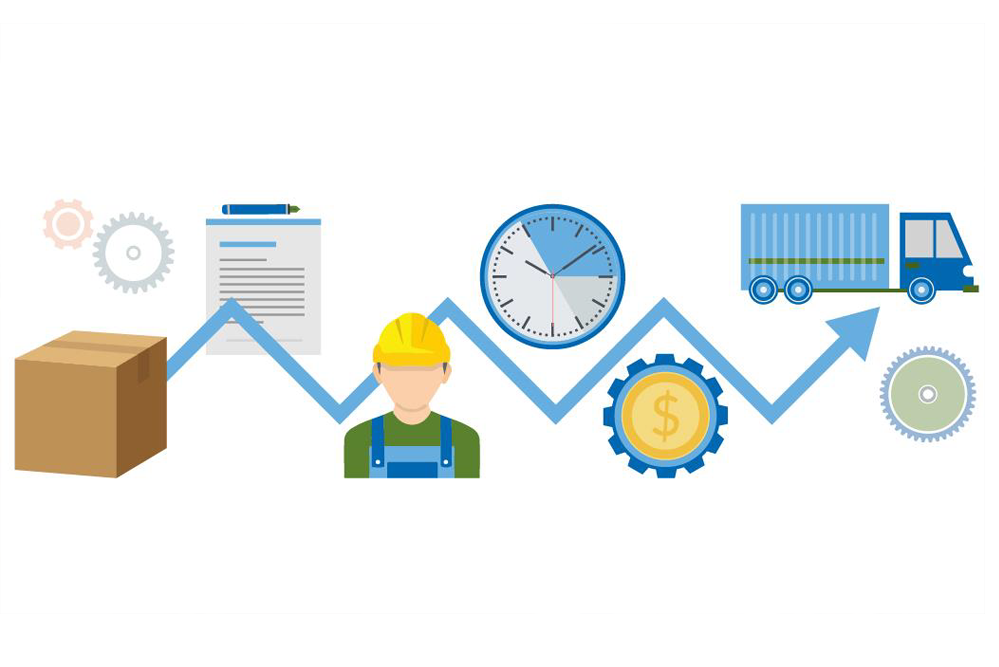A guide for determining the optimal automated goods-to-person storage and retrieval system in order fulfillment operations.
IntroductionOnline retail sales in the U.S. hit $445 billion in 2017 – that’s right – BILLION, with a “B”. E-commerce sales are
projected to reach $600 billion by 2020, with analysts forecasting a 12% compound annual growth rate (CAGR)
from 2016 until 2020. And there’s not slowing down in site as projections show US online retail sales surpassing $1
trillion by 2027 representing 25% of all domestic retail sales.1 That $445 billion represents a considerable number of individual, one- and two-line orders, picked, packaged and
shipped by warehouse and distribution center (DC) associates. The dramatic uptick in online orders means
corresponding growth in the need for workers who can fill them. However, the warehousing and logistics industry
is currently experiencing labor shortage. By 2018, the industry will need to fill approximately 1.4 million new jobs
at a rate of 270,000 per year.2 The Bureau of Labor Statistics reports that warehouse workers quit at a rate of 36%.3 And, when surveyed, more than 250 top logistics and supply chain managers said their three biggest workforce challenges are:
- Finding and keeping
qualified/skilled/dependable workers (62%) - Increasing workforce productivity (57%)
- Controlling labor costs (45%)4
Click the Button below to continue reading the White Paper.
Evaluating Goods-to-Person Technologies
Evaluating Retail In-Store Goods-to-Person Technologies×

